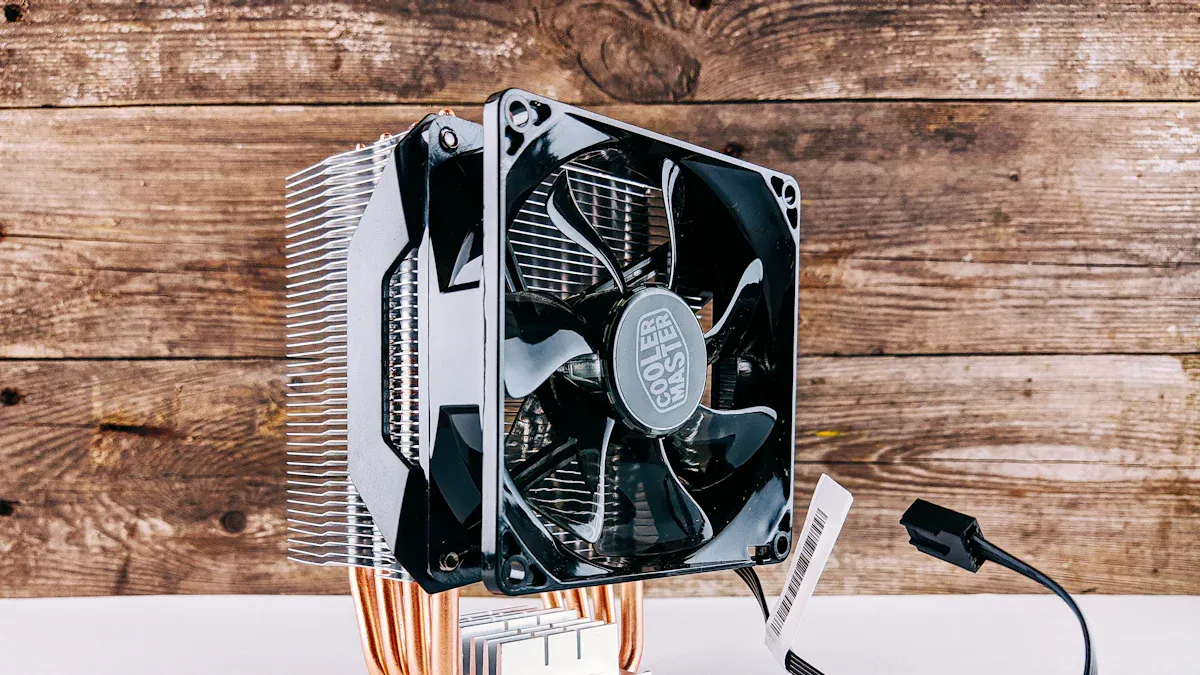Introduction
In today’s fast-evolving business landscape, compact computing systems have become essential for many organizations. The mini PC stands out as a versatile solution for companies seeking efficient, reliable, and space-saving performance. From industrial automation to digital signage and modern offices, mini PCs have proven to be powerful enough for professional workloads while maintaining a small footprint.
However, as more enterprises integrate these compact systems into their operations, one question arises: Are mini PCs fanless? Understanding this aspect is crucial for business users concerned with system durability, maintenance, and noise management in professional environments.
Understanding Fanless Mini PCs
What Does “Fanless” Really Mean?
A fanless mini PC is a system designed to operate without traditional fans. Instead of relying on active airflow, it uses passive cooling methods—usually heat sinks and thermal conduction—to dissipate heat. This approach eliminates moving parts, resulting in a completely silent system.
In contrast, powerful tiny PCs with fans use active cooling to circulate air and manage temperature, which can generate noise and require periodic cleaning. For industries where stability and quiet operation are vital, fanless designs deliver clear advantages.
Why Consider Fanless Designs
Fanless mini PCs are increasingly adopted by companies that value silent operation, low maintenance, and high reliability. They are particularly suited for environments such as manufacturing control rooms, hospitals, retail kiosks, and industrial automation systems. Without fans to collect dust or fail over time, these systems can maintain consistent performance in challenging environments.

Benefits of Choosing a Fanless Mini PC
Noise Reduction and Workplace Comfort
In business settings, a quiet working atmosphere contributes to employee productivity and equipment efficiency. Fanless compact PCs operate silently, making them ideal for sound-sensitive areas such as recording studios, meeting rooms, and laboratories. For more information, see our article Do Mini PCs with GPUS Overheat Easily. Similarly, if your business prioritizes acoustic comfort, you might also be interested in how to reduce noise through better system design.
Reliability and Longevity
Without moving components like fans, the chances of mechanical failure are significantly reduced. This not only extends the system’s operational life but also ensures uninterrupted uptime for business-critical applications. In dusty or vibration-prone environments—like factories or transportation systems—fanless mini PCs offer more dependable performance compared to traditional PCs.
Energy Efficiency and Compact Design
Fanless tiny PCs are engineered for energy-efficient performance, consuming less power and generating minimal heat. Their compact design allows flexible installation on walls, desks, or within control panels. This makes them particularly appealing for integrators and OEM partners developing embedded systems or IoT-based solutions.
Are All Mini PCs Fanless?
Not All Mini PCs Are Fanless
While fanless mini PCs are popular, not every model follows this design. Some mini PCs still rely on fans, especially those built for higher workloads or demanding graphical performance. The cooling method largely depends on the hardware configuration and the operational requirements of the user.
Choosing between fanless and fan-based small PCs often comes down to balancing performance versus silence. Businesses needing intensive computation might prefer active cooling, while environments requiring reliability and low noise lean toward fanless models.
How to Identify a Fanless Mini PC
When evaluating a small PC for industrial or commercial use, it’s important to look beyond marketing labels. Examine the enclosure design, heat dissipation method, and material construction. Fanless systems typically feature metal housings that act as thermal conductors, efficiently transferring heat away from the CPU.
For B2B buyers, it’s best to select systems based on operating conditions—such as temperature, airflow availability, and installation constraints—rather than solely on appearance.

Choosing the Right Mini PC for Your Application
Matching Cooling Type to Needs
Every business environment is different, and the right cooling approach depends on the operational scenario. For instance:
- Industrial automation may demand sealed, fanless systems for dust resistance.
- Digital kiosks and retail displays benefit from silent, maintenance-free operation.
- Data processing or AI edge computing might still require active cooling for performance stability.
Understanding the workload and environmental stress factors will help determine which type of mini PC is most appropriate for your business.
Tips for Procurement Teams
For purchasing managers and system integrators, evaluating the right mini PC involves more than just specifications. Consider the following:
- Assess the operating environment and ambient temperature.
- Plan for lifecycle management and long-term serviceability.
- Collaborate with reliable OEM or ODM suppliers who can provide customization, quality assurance, and technical support.
By aligning the system design with your company’s specific operational needs, you ensure not only performance stability but also long-term cost efficiency.
Conclusion
Not all mini PCs are fanless—but fanless mini PCs offer distinct advantages for professional and industrial use. They provide silent, stable, and low-maintenance performance that supports business continuity and productivity.
For enterprises seeking dependable computing power without the distractions of noise or frequent upkeep, investing in a well-designed fanless mini PC can be a smart strategic decision. Ultimately, the best choice depends on your unique application requirements, environment, and operational goals.





